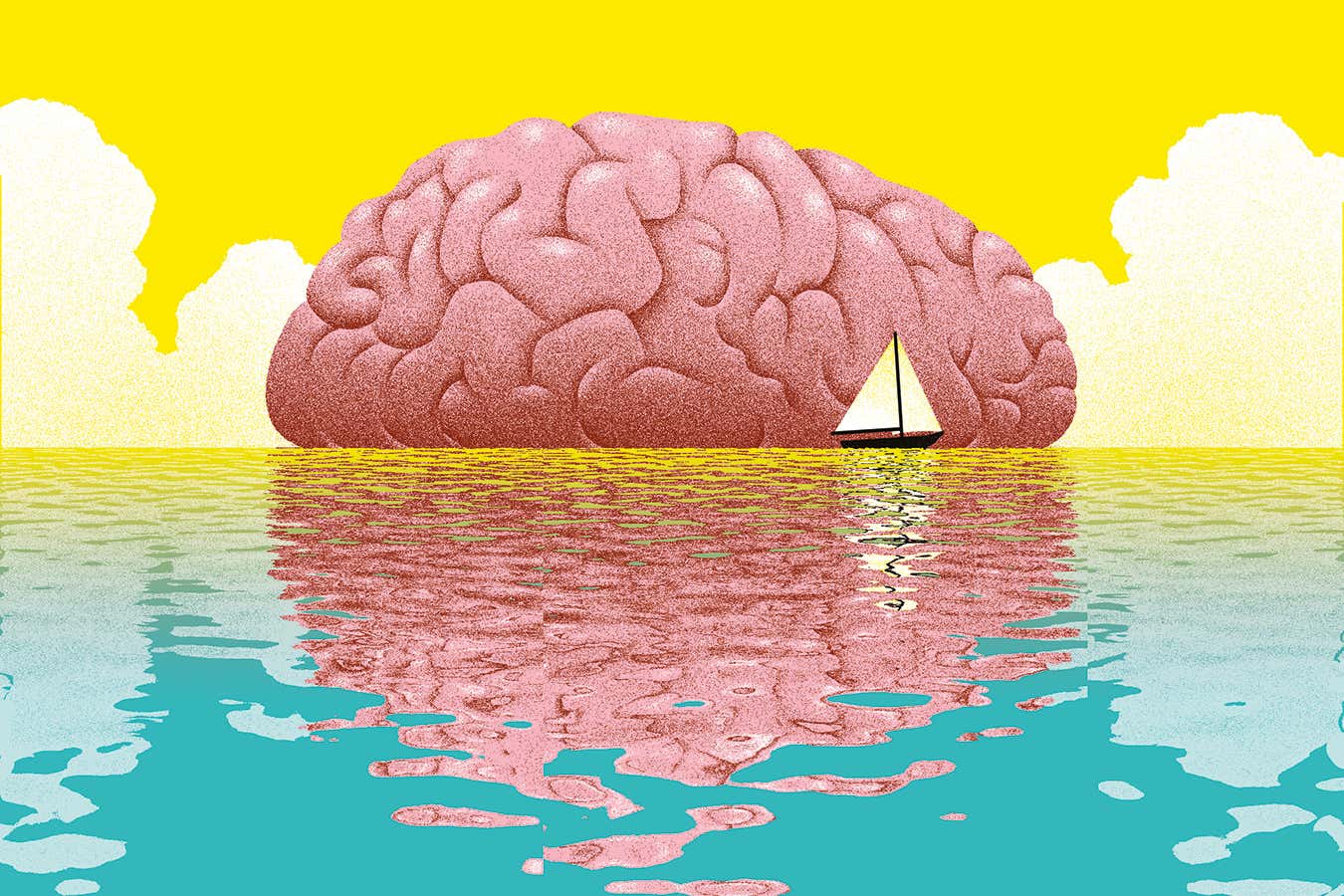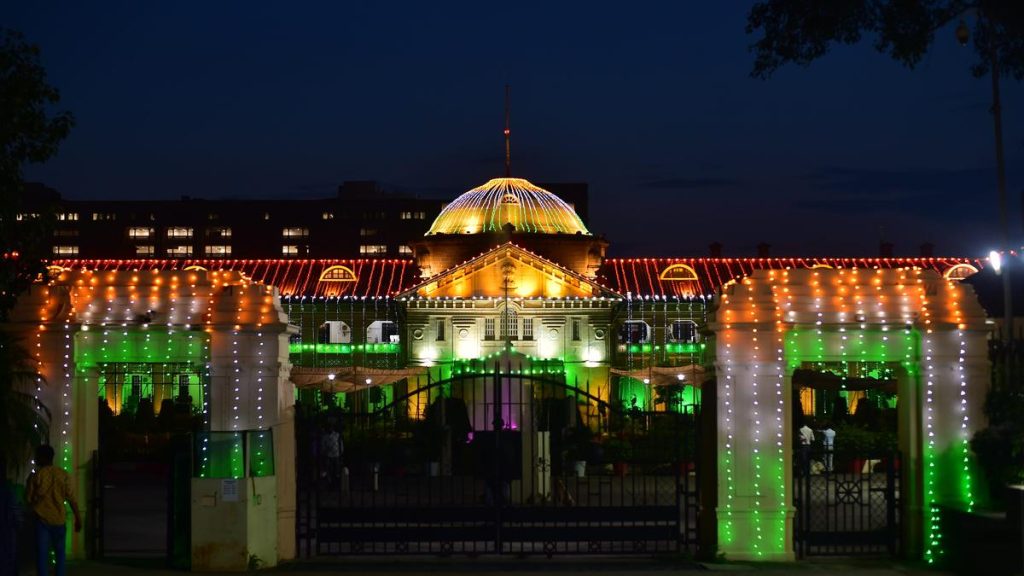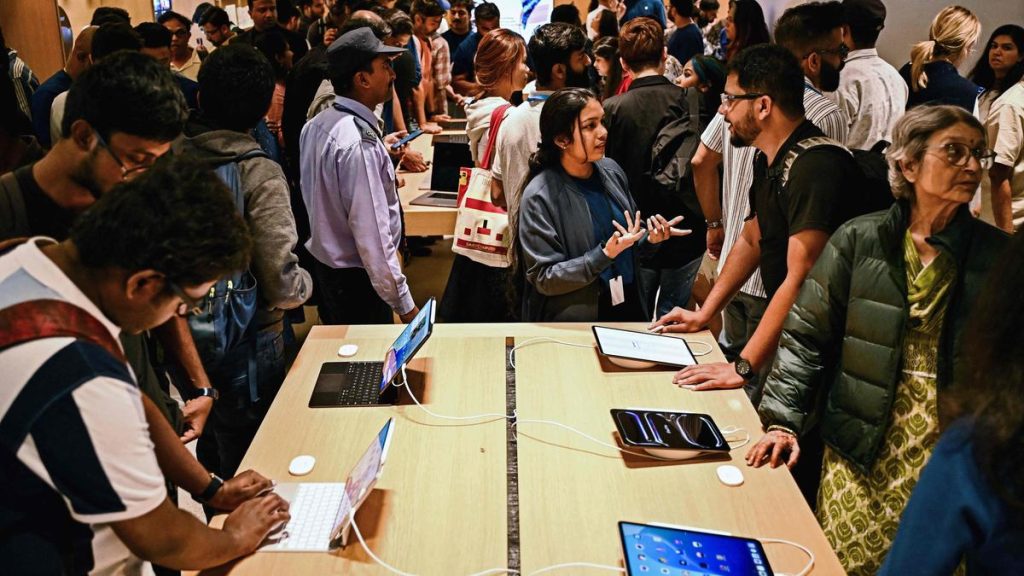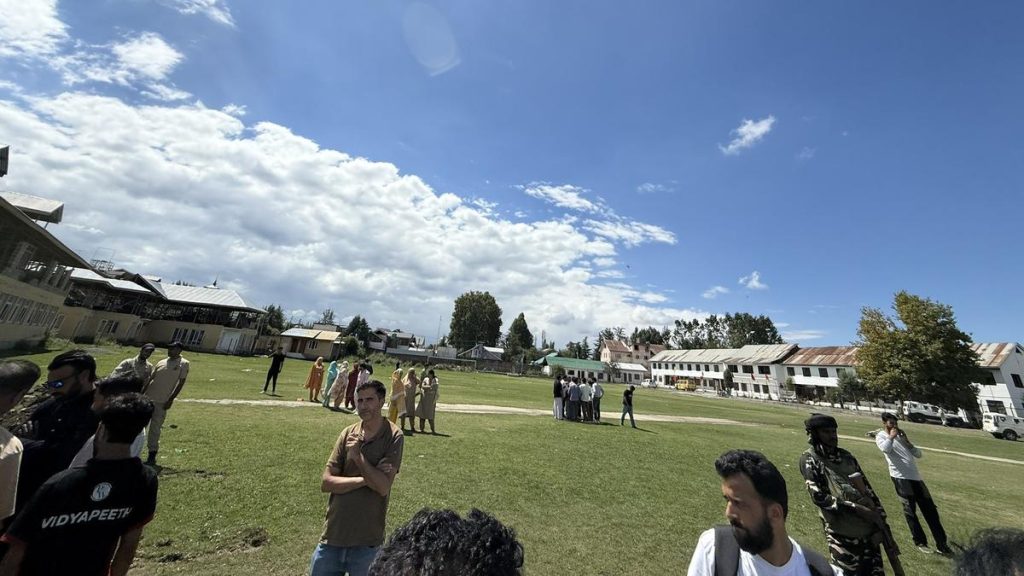Now Reading: How Chaos Drives the Brain’s Extraordinary Functions
-
01
How Chaos Drives the Brain’s Extraordinary Functions
How Chaos Drives the Brain’s Extraordinary Functions

Quick Summary
- Critical Brain Hypothesis: Researchers propose that our brain operates near the “critical zone,” a tipping point between order and disorder. This state enables extraordinary mental efficiency and versatility akin to natural systems like avalanches or forest fires.
- Studies & Evidence: Findings from experiments on rat brain slices, zebrafish, cats, monkeys, and humans indicate neurons operate at a critical level for optimal computation and adaptation. Mathematical patterns like power laws validate the hypothesis.
- Applications: The hypothesis can help understand Alzheimer’s disease onset, predict effects of mind-altering drugs (e.g.,ketamine vs xenon),explain fluid intelligence differences across individuals,facilitate creative thinking,optimize sleep function,and explore neural links to consciousness.
- Meditation Techniques: Open-monitoring meditation (Vipassana) increases criticality for enhanced flexibility while single-focus meditation (Samatha) reduces it. Buddhist monks with over 2000 hours of practice demonstrated brain shifts during targeted meditations.
- Potential Innovations: Neurofeedback technology could enable people to train their brains faster toward desired states.
Indian Opinion Analysis
The growing body of research surrounding the “critical brain hypothesis” positions India at an exciting crossroads in neuroscience exploration as it offers transformative tools for mental health diagnostics, cognitive enhancement strategies like meditation practices rooted in traditional Indian culture (e.g., vipassana), and societal benefits tied to education methodologies focusing on creativity over rote learning.
For India-a country with high stakes in preventive healthcare innovation-this presents an possibility to leverage well-established spiritual traditions while adopting neurofeedback technologies from global advancements. Added possibilities lie in applying findings about sleep optimization amidst rising urban insomnia rates among its population. However-with over one billion citizens varying culturally or access-wise-the economic feasibility or mass participation dynamics remains India’s challenge worth socio-policy foresight prioritizations!




























